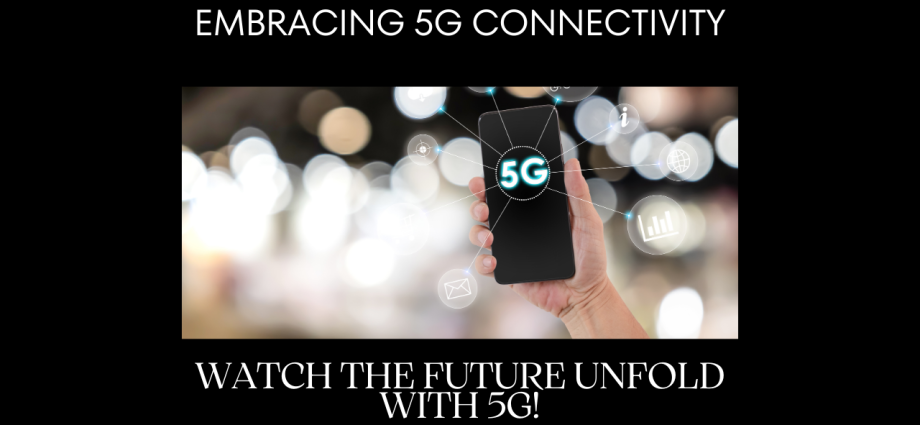The rollout of 5G networks represents a major milestone in the evolution of telecommunications, promising to revolutionize connectivity, unlock new applications, and drive innovation across industries. As we enter the era of 5G in 2025, the transformative potential of next-generation networks is poised to reshape the way we communicate, collaborate, and interact with the world around us.
5G technology offers significant improvements in speed, capacity, and latency compared to previous generations of mobile networks. With peak data rates reaching multi-gigabit per second and latency reduced to milliseconds, 5G enables real-time communication, immersive experiences, and ultra-responsive applications that were previously impossible or impractical. From streaming high-definition video and gaming to powering autonomous vehicles and remote surgery, 5G opens up a world of possibilities for innovation and disruption.
One of the key enablers of 5G is its ability to support massive machine-type communications (mMTC) and ultra-reliable low-latency communications (URLLC), paving the way for the Internet of Things (IoT) and mission-critical applications. In 2025, billions of connected devices, sensors, and machines will leverage 5G networks to exchange data, monitor environments, and automate processes in diverse domains such as smart cities, industrial automation, healthcare, and agriculture. This proliferation of IoT devices will generate vast amounts of data, driving demand for edge computing and analytics to process and derive insights from real-time data streams.
5G also promises to transform industries such as entertainment, media, and gaming, enabling new immersive experiences and interactive content formats. Augmented reality (AR) and virtual reality (VR) applications will benefit from the high bandwidth and low latency of 5G networks, delivering seamless, high-fidelity experiences that blur the lines between the physical and digital worlds. From live concerts and sporting events to virtual tourism and training simulations, 5G-powered immersive experiences will revolutionize entertainment and storytelling in 2025 and beyond.
Furthermore, 5G networks will play a critical role in advancing digital inclusion and bridging the digital divide, particularly in underserved and remote areas. By providing high-speed, reliable connectivity to rural communities and developing regions, 5G can empower individuals and communities with access to education, healthcare, e-commerce, and other essential services. Additionally, 5G-enabled smart infrastructure and applications can enhance resilience and sustainability, contributing to the United Nations Sustainable Development Goals (SDGs) and fostering inclusive economic growth.
In conclusion, the advent of 5G in 2025 heralds a new era of connectivity, innovation, and opportunity. With its unprecedented speed, capacity, and reliability, 5G networks will enable transformative applications and services that drive economic growth, enhance quality of life, and address global challenges. By embracing the potential of 5G and fostering collaboration between industry, government, and academia, we can harness the power of next-generation connectivity to create a more connected, intelligent, and sustainable future for all.



Comments are closed, but trackbacks and pingbacks are open.